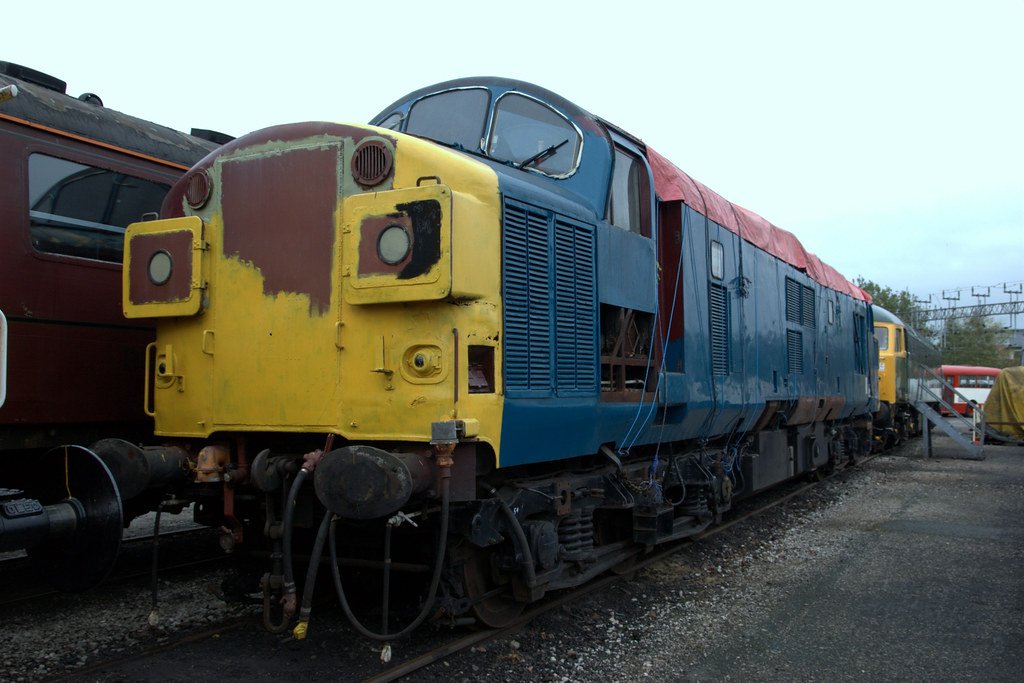
The MacBride Copperbelt Mining Museum, located just north of Whitehorse, Yukon, was established to preserve and interpret the region’s rich copper mining and railway heritage. Operated by the Miles Canyon Historic Railway Society, the museum sits on an eight-hectare parcel of land provided by the Yukon Electrical Company in 1998. Its mission includes promoting Yukon’s industrial history and enhancing tourism through engaging exhibits and experiences.
Copper deposits in the Whitehorse Copperbelt were first discovered in 1898, during the Klondike Gold Rush. While most prospectors were focused on gold, a few remained in Whitehorse to stake copper claims. John McIntyre registered the first claim—Copper King—on July 6, 1898. This site proved highly productive, yielding ore with exceptionally high copper content, along with silver and gold. Other notable claims included Copper Queen, staked by William P. Grainger, who later bought into Copper King due to its superior yield.
Mining operations expanded rapidly in the early 20th century, with surface prospecting and underground tunneling becoming common. The first shipment from Copper King in 1899 yielded nine tons of handpicked ore containing 46.4% copper, 11 ounces of silver, and $2.58 worth of gold per ton. These figures far exceeded modern copper yields, reflecting the high-grade nature of early mining practices. Eventually, the Copper King mine was sold to a syndicate from Pennsylvania for $210,000 and a share of royalties.
The museum itself was designed to resemble a 1906 train station and features a narrow-gauge railway loop that evolved into a 1.8 km figure-eight track. Visitors can ride the “Loki,” a diesel-powered mining locomotive, through the northern boreal forest. Exhibits focus on copper mining history, the Pueblo Mine Disaster, and the broader industrial development of the region. The museum also includes a picnic pavilion and playground, making it a family-friendly destination.
Today, the MacBride Copperbelt Mining Museum operates as a non-profit institution, relying on government support and public donations. It serves as both an educational resource and a recreational site, offering insights into the lives of early miners and the evolution of railway infrastructure in Yukon. Through its exhibits and train rides, the museum continues to honor the legacy of those who shaped the Copperbelt’s industrial past.
Sources:
This content was generated using AI based on publicly available sources.